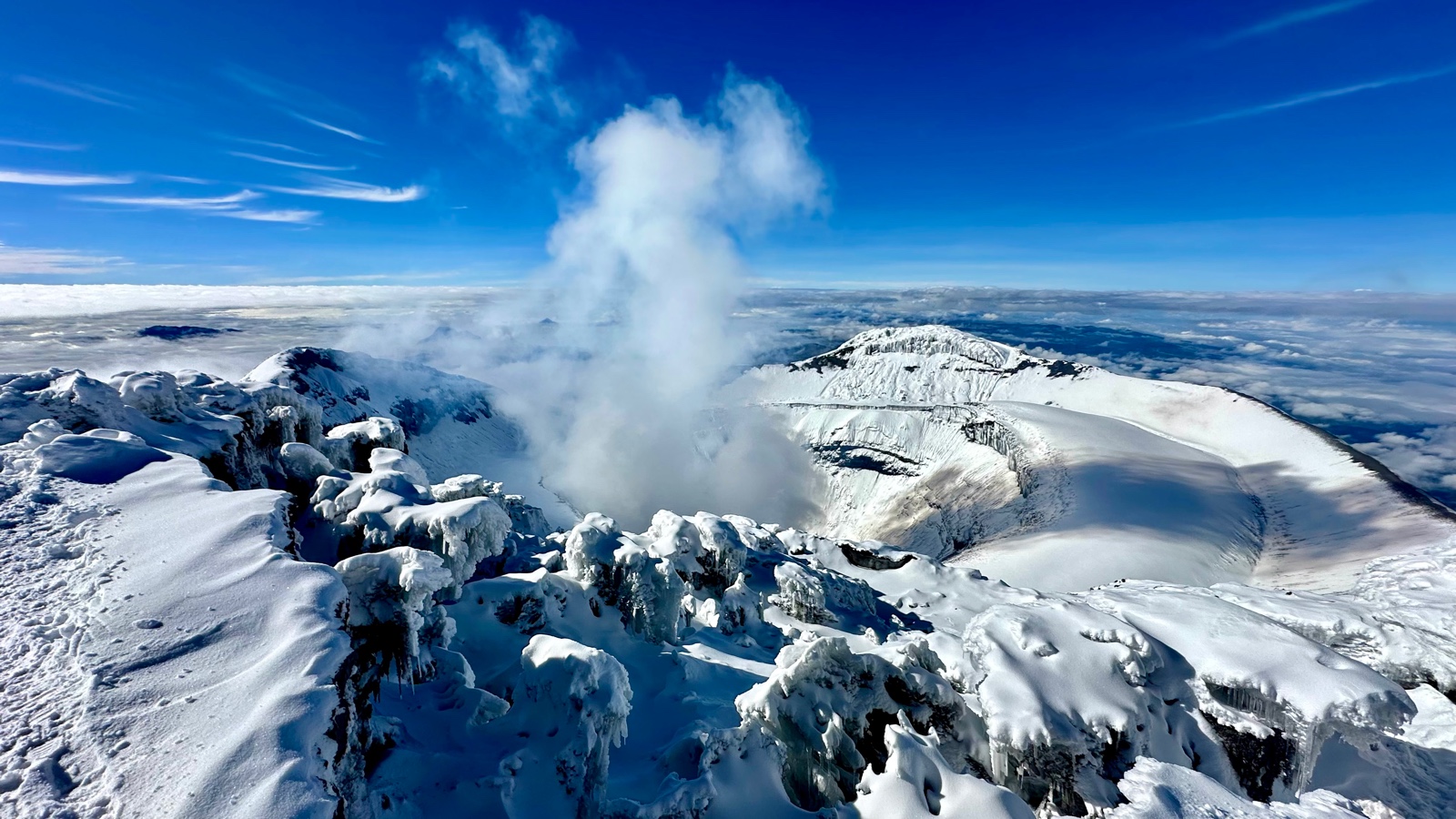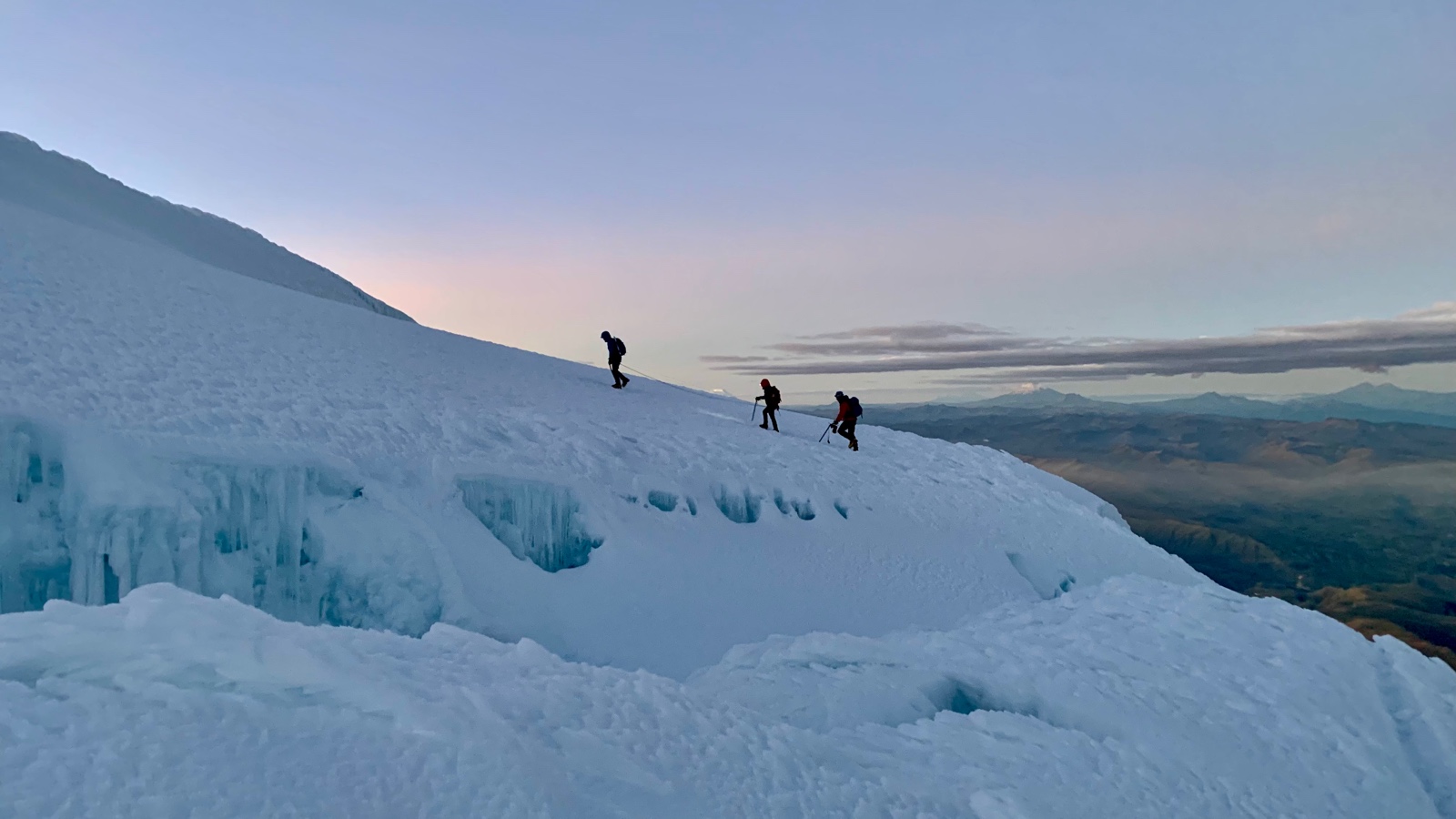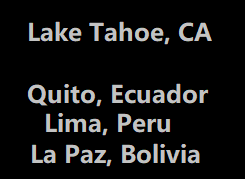Your Vital Signs at Altitude

Vital signs monitoring, including pulse oximetry, plays a crucial role in ensuring the safety and health of climbers ascending high mountains. This technology allows for real-time tracking of essential physiological parameters, providing valuable insights into a climber’s acclimatization process and potential health risks. It’s also a quick way to compare your O2 saturation with others in your group and quickly see if you are an outlier.
Monitoring vital signs is essential for the early detection of altitude-related illnesses, such as acute mountain sickness (AMS). Studies have shown that lower oxygen saturation levels are consistently associated with the development of AMS, making pulse oximetry a valuable tool for predicting and preventing this condition.
Advanced wearable biosensors these days enable continuous monitoring of climbers’ vital signs, including heart rate, skin temperature, and core body temperature. This real-time data allows for immediate assessment of a climber’s health status, even in extreme environments like Mount Everest.
Pulse oximetry is particularly useful in evaluating individual acclimatization to high altitudes. As climbers ascend, their arterial oxygen saturation (SaO2) typically decreases due to reduced air pressure. Monitoring these changes helps climbers and medical professionals assess the body’s adaptation to altitude.
Pulse oximetry measures peripheral oxygen saturation (SpO2). At higher altitudes, SpO2 levels generally decrease with acute exposure and partially recover during acclimatization.
Heart rate variations provide insights into a climber’s cardiovascular response to altitude. During initial exposure, heart rates typically increase to compensate for lower oxygen levels. As acclimatization progresses, heart rates tend to normalize.
Monitoring both skin and core body temperature is important for assessing a climber’s overall physiological state. In extreme environments, skin temperature can vary significantly, while core body temperature remains relatively stable. Note how your core temperature can affect 2-3 DPG and therefore how easily your hemoglobin releases O2 to your tissues.
By tracking individual responses to altitude, climbers and expedition leaders can develop personalized acclimatization strategies, optimizing performance and reducing health risks.
While vital signs monitoring, especially pulse oximetry, is invaluable at high altitudes, it’s important to consider certain limitations:
- Accuracy may decline with oxygen saturations below 80%.
- Cold extremities, excess ambient light, and ill-fitting probes can cause measurement errors.
- Normal oxygen saturation at high altitudes should be viewed as a range rather than a specific number.
In short, vital signs monitoring, including pulse oximetry, is an essential tool for enhancing safety and performance in high-altitude climbing. By providing real-time physiological data, these technologies enable early detection of altitude-related illnesses, facilitate personalized acclimatization strategies, and contribute to more informed decision-making in extreme environments.






